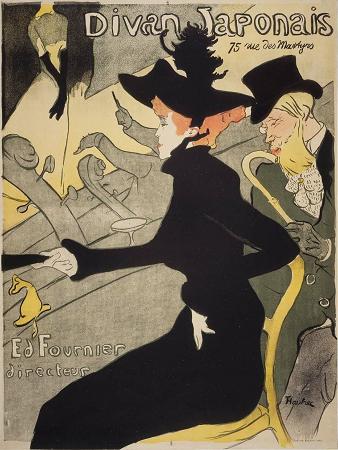Lithograph. Lithography is a method of printing originally based on the immiscibility of oil and water. The printing is from a stone or a metal plate with a smooth surface. It was invented in 1796 by German author and actor Alois Senefelder as a cheap method of publishing theatrical works. Lithography can be used to print text or artwork onto paper or other suitable material. Lithography originally used an image drawn with oil, fat, or wax onto the surface of a smooth, level lithographic limestone plate. The stone was treated with a mixture of acid and gum arabic, etching the portions of the stone that were not protected by the grease-based image. When the stone was subsequently moistened, these etched areas retained water; an oil-based ink could then be applied and would be repelled by the water, sticking only to the original drawing. The ink would finally be transferred to a blank paper sheet, producing a printed page. This traditional technique is still used in some fine art printmaking applications. In modern lithography, the image is made of a polymer coating applied to a flexible plastic or metal plate. The image can be printed directly from the plate, or it can be offset, by transferring the image onto a flexible sheet for printing and publication. As a printing technology, lithography is different from intaglio printing, wherein a plate is either engraved, etched, or stippled to score cavities to contain the printing ink; and woodblock printing or letterpress printing, wherein ink is applied to the raised surfaces of letters or images. Today, most types of high-volume books and magazines, especially when illustrated in colour, are printed with offset lithography, which has become the most common form of printing technology since the 1960s. The related term photolithography refers to when photographic images are used in lithographic printing, whether these images are printed directly from a stone or from a metal plate, as in offset printing. Photolithography is used synonymously with offset printing. The technique as well as the term were introduced in Europe in the 1850s. Beginning in the 1960s, photolithography has played an important role in the fabrication and mass production of integrated circuits in the microelectronics industry. Lithography uses simple chemical processes to create an image. For instance, the positive part of an image is a water-repelling substance, while the negative image would be water-retaining. Thus, when the plate is introduced to a compatible printing ink and water mixture, the ink will adhere to the positive image and the water will clean the negative image. This allows a flat print plate to be used, enabling much longer and more detailed print runs than the older physical methods of printing. Lithography was invented by Alois Senefelder in the Kingdom of Bavaria in 1796. In the early days of lithography, a smooth piece of limestone was used. After the oil-based image was put on the surface, a solution of gum arabic in water was applied, the gum sticking only to the non-oily surface. During printing, water adhered to the gum arabic surfaces and was repelled by the oily parts, while the oily ink used for printing did the opposite. Lithography works because of the mutual repulsion of oil and water. The image is drawn on the surface of the print plate with a fat or oil-based medium such as a wax crayon, which may be pigmented to make the drawing visible. A wide range of oil-based media is available, but the durability of the image on the stone depends on the lipid content of the material being used, and its ability to withstand water and acid. After the drawing of the image, an aqueous solution of gum arabic, weakly acidified with nitric acid is applied to the stone. The function of this solution is to create a hydrophilic layer of calcium nitrate salt, and gum arabic on all non-image surfaces. The gum solution penetrates into the pores of the stone, completely surrounding the original image with a hydrophilic layer that will not accept the printing ink. Using lithographic turpentine, the printer then removes any excess of the greasy drawing material, but a hydrophobic molecular film of it remains tightly bonded to the surface of the stone, rejecting the gum arabic and water, but ready to accept the oily ink. When printing, the stone is kept wet with water. Naturally the water is attracted to the layer of gum and salt created by the acid wash. Printing ink based on drying oils such as linseed oil and varnish loaded with pigment is then rolled over the surface. The water repels the greasy ink but the hydrophobic areas left by the original drawing material accept it.
more...









